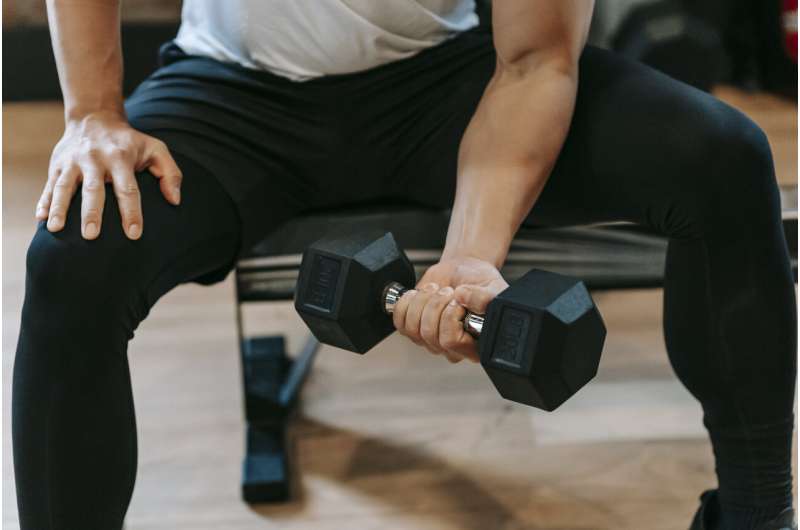
New research shows that physical activity equivalent to 100 PAI a week can counteract excessive weight gain.
PAI stands for Personal Activity Intelligence and tracks how physically active you are throughout the week. You can measure PAI with just about any device that can measure heart rate.
What is 100 PAI?
100 PAI can be a lot of things.
- One example: 2×20 minutes of very intensive training during a week = 100 PAI
- Another example: Ten hours of leisurely walking during a week = 100 PAI
In general, we can say that 100 PAI largely reflects Norwegian guidelines on physical activity. In most cases you can reach 100 PAI if you exercise for 75 minutes at high intensity, 300 minutes at moderate intensity, or a combination of high and moderate intensity that provides a corresponding amount of exercise during a week.
The activity metric has been developed by NTNU’s Cardiac Exercise Research Group (CERG) under the leadership of NTNU Professor Ulrik Wisløff.
“Previously, we found that 100 PAI a week can give us a longer and healthier life without cardiovascular disease. Our new study shows that PAI can also help people maintain a healthy body weight,” says researcher Javaid Nauman at NTNU’s Department of Circulation and Imaging and the UAE University College of Medicine and Health Sciences in the United Arab Emirates.
Nauman is one of the researchers behind a recent article in The Lancet Regional Health—Europe. The study includes more than 85 000 healthy Norwegians who have been followed up for more than 20 years.
Personal Activity Intelligence
PAI measures all physical activity that causes the heart rate to increase above a certain level. The higher the heart rate, the faster you earn PAI points.
The PAI algorithm calculates a weekly score based on your personal profile and variations in heart rate over the period. The PAI score can easily be measured with the free PAI Health app that is available for both iPhone and Android, for example.
Less weight gain by maintaining 100 PAI
The new study has relied on data from the HUNT Study—a longitudinal population health study in Norway. This study is one of the largest and lengthiest health surveys in the world. There are 240 000 Trøndelag county residents in the research center database, with even more participants since the start in 1984.
Of the total participants, 85 000 were weighed and asked about their level of physical activity as many as three times through 2008.
On average, participants’ body weight increased by about eight kilos between 1984 and 2008 for both women and men who participated at each follow-up. An important note is that the weight gain was significantly lower among individuals who were physically active enough to achieve at least 100 weekly PAIs during the period.
But there is still hope for those of us who haven’t been as active all our lives. The study shows that even people who weren’t physically active in the 1980s, but who increased their activity levels in the 1990s and in the 2000s, managed to avoid excessive weight gain.
Effective strategy
Being overweight or obese are major health problems that contribute to nearly 5 million deaths worldwide each year.
Source: Read Full Article
